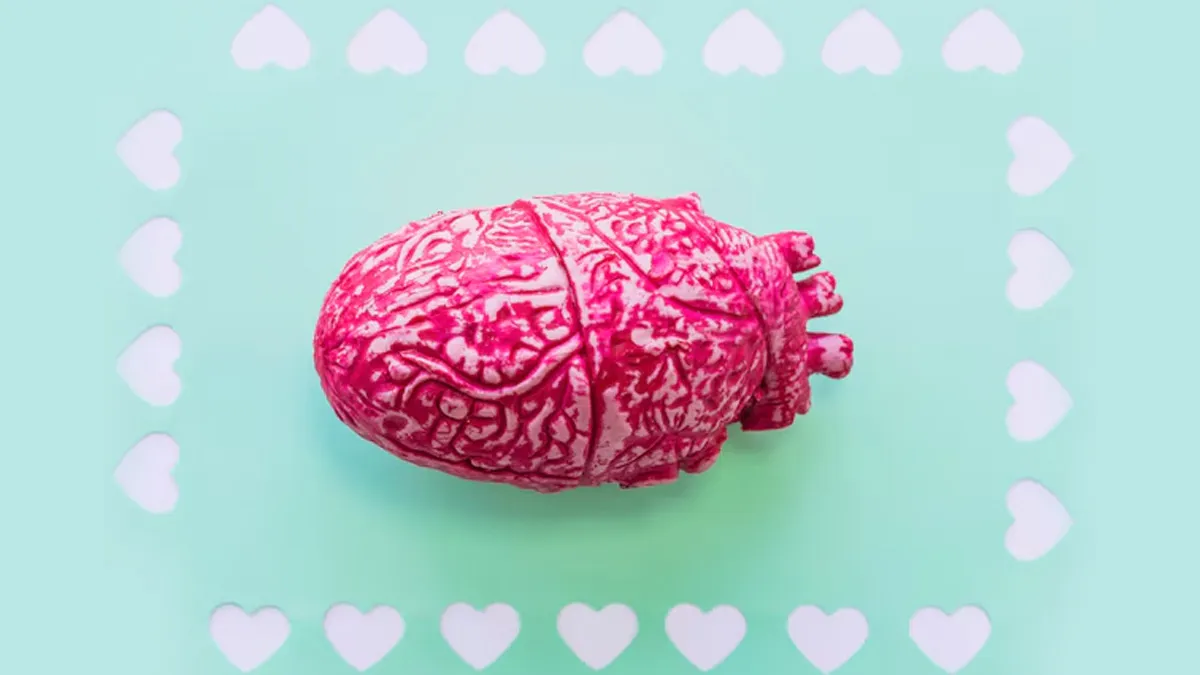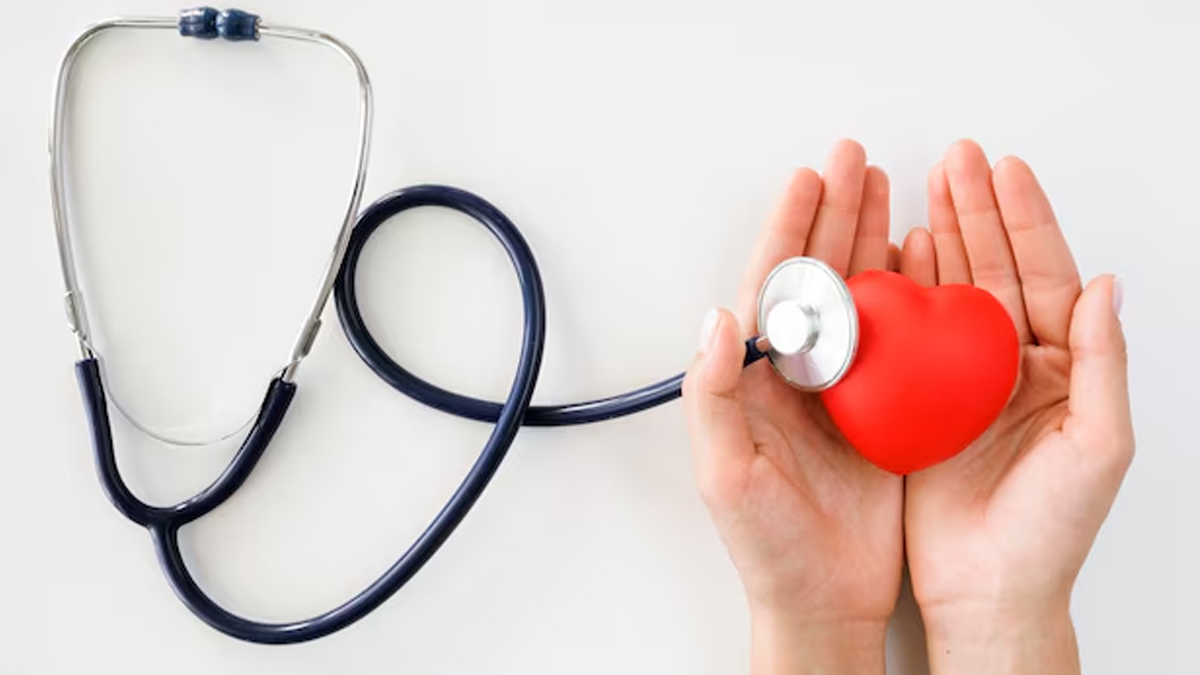
You’re most likely to have heard about belly fat, stored around the abdominal region. But have you also heard about epicardial fat that builds around the heart? If you haven’t, Dr Amit Kumar Chaurasia, Chief Cath Lab & TAVI (Unit 1), Artemis Hospitals, Gurgaon, breaks it down for you, shedding light on the risks and factors that contribute to it. Moreover, in some people, it may cause noticeable symptoms. Here’s all you need to know.
Table of Content:-
Understanding Epicardial Fat

Epicardial fat is a type of visceral fat (similar to the stubborn belly fat), specifically located between the heart muscle (myocardium) and the inner layer of the pericardium (the sac surrounding the heart). Research suggests epicardial fat covers about 80% of the heart’s surface, especially around the grooves and walls of the heart, and its thickness can vary from person to person.
This fat tends to increase with age, obesity, diabetes, and in women.
Also Read: Maze Procedure For Irregular Heartbeats: How It Works, Benefits, And Recovery
According to Dr Chaurasia, this type of fat can change how the heart beats and works, and it can also raise the risk of getting sick.
While it is normal to have some fat around the heart, too much fat, especially epicardial fat, can mess up blood flow and electrical signals, which increases the risk of heart problems, he shares.
Signs You Have Fat Around Your Heart

A heart may not show any signs at first. But as it gets worse, it can look like early signs of heart disease, shares Dr Chaurasia.
Some common signs are:
- Chest pain or tightness
- Feeling very tired
- Shortness of breath when doing simple things
- Dizziness
- Irregular heartbeats
- Swollen legs
“Fat that builds up in the heart muscle, especially near scarred areas, can mess up normal electrical signals and cause the heart to beat in an unusual way. These symptoms may not seem like a big deal, but they could be a sign of something serious. If you see any of these warning signs, you should see a doctor right away,” explains Dr Chaurasia.
Factors That Contribute To Epicardial Fat
To begin with, unhealthy lifestyle habits can lead to fat accumulation around the heart.
“Obesity; not getting enough exercise; a bad diet, especially one that is high in saturated fats, sugar, and processed foods; smoking; high cholesterol; high blood pressure; diabetes; drinking too much alcohol; and not getting enough sleep are all major causes,” shares Dr Chaurasia. He adds that these things cause fat to build up not just in blood vessels but also in and around the heart. This is called cardiac steatosis.
“It is also very similar to metabolic syndrome and fatty liver disease.
“You can stop or slow down this fat buildup by eating a balanced diet, getting regular exercise, managing stress, and getting enough sleep,” the doctor advises.
Also Read: What Is the Main Cause of Myocardial Infarction? Doctor Explains
Potential Risks Of Excessive Epicardial Fat

According to Dr Chaurasia, epicardial fat makes you more prone to developing heart disease. This is because it causes both structural and functional problems. “When fat builds up around the heart and arteries, it causes inflammation and disturbs normal metabolism. This can lead to atherosclerosis, which is when plaque builds up and narrows the arteries.”
Fat in the heart muscle may change how electrical signals move, making it more likely that the heart will beat in an unusual way. These changes make the heart work less efficiently and make it more likely that someone will have a heart attack, stroke, heart failure, or sudden cardiac death. The risk is even higher if you have other risk factors, like diabetes or high blood pressure.
While it's a natural part of the body, a 2019 study published in Clinical Arrhythmology and Electrophysiology (Third Edition) suggested that epicardial fat can pose challenges during heart procedures like mapping and ablation for Ventricular Tachycardia (VT). It can interfere with how electrical signals are detected and reduce the effectiveness of treatments like Radiofrequency (RF) ablation.
How Is Epicardial Fat Diagnosed, And Is It Reversible?
Epicardial fat can be diagnosed using imaging tests like echocardiograms, CT scans, or MRIs.
Electrocardiograms and Holter monitors can find abnormal heart rhythms that are caused by fat affecting the heart's electrical system. It's hard to get rid of fat that has built up inside the heart muscle, but lifestyle changes like losing weight, eating a healthy diet, and exercising can help get rid of fat in the outer layers of the heart.
These changes also stop more buildup from happening and make the heart work better overall, which lowers the risk of future heart problems. Early intervention is very important.
Conclusion
While some amount of epicardial fat is normal, an excessive buildup can silently raise the risk of serious heart conditions, especially in people with existing risk factors like obesity, diabetes, or high blood pressure. Recognising early symptoms and understanding contributing lifestyle habits can help prevent further complications. With timely diagnosis and meaningful lifestyle changes, it's possible to reduce the impact of epicardial fat and protect heart health.
Also watch this video
How we keep this article up to date:
We work with experts and keep a close eye on the latest in health and wellness. Whenever there is a new research or helpful information, we update our articles with accurate and useful advice.
Current Version